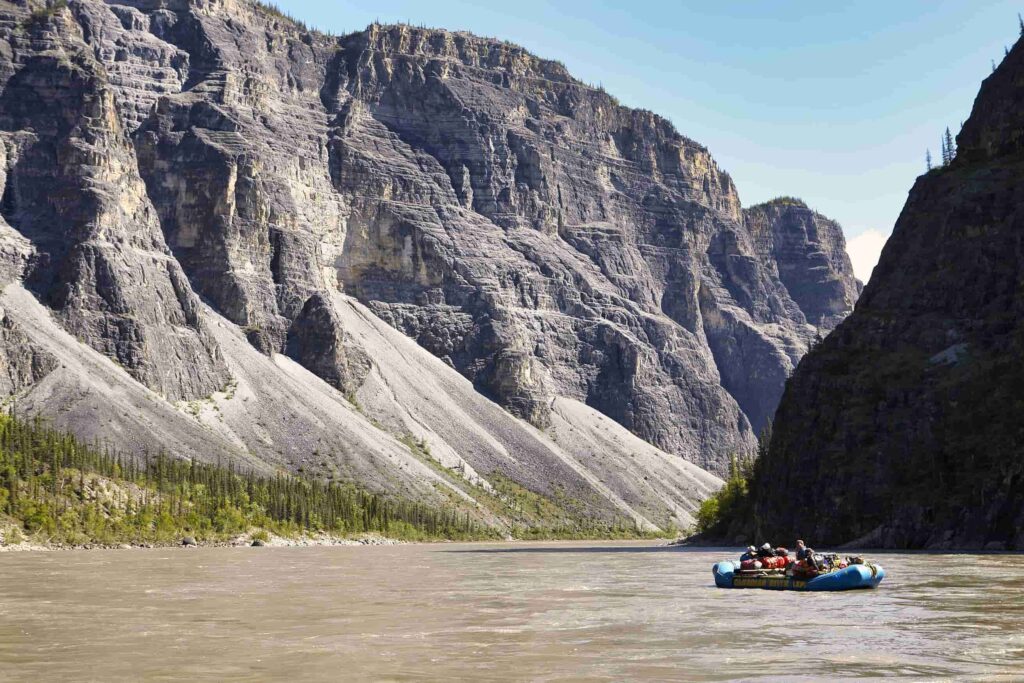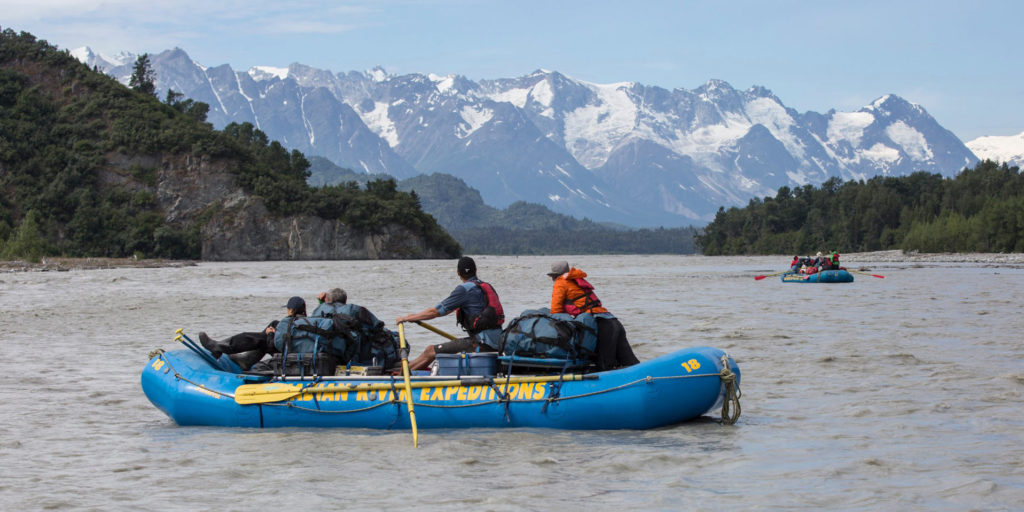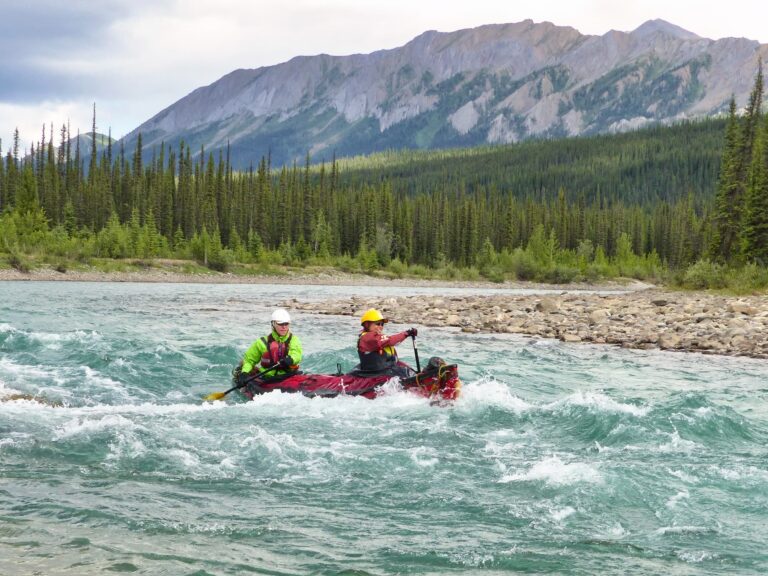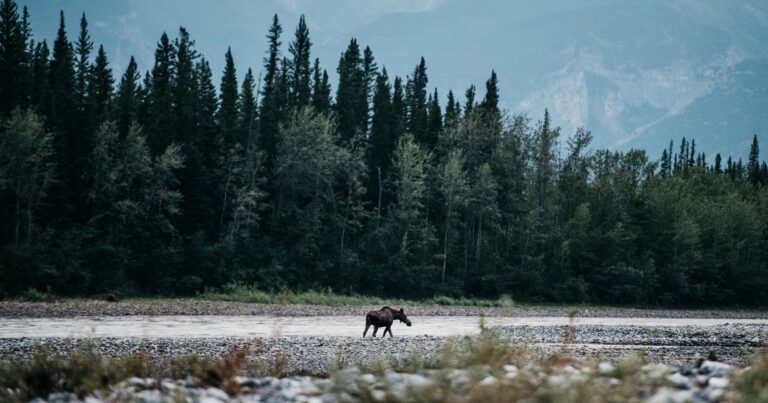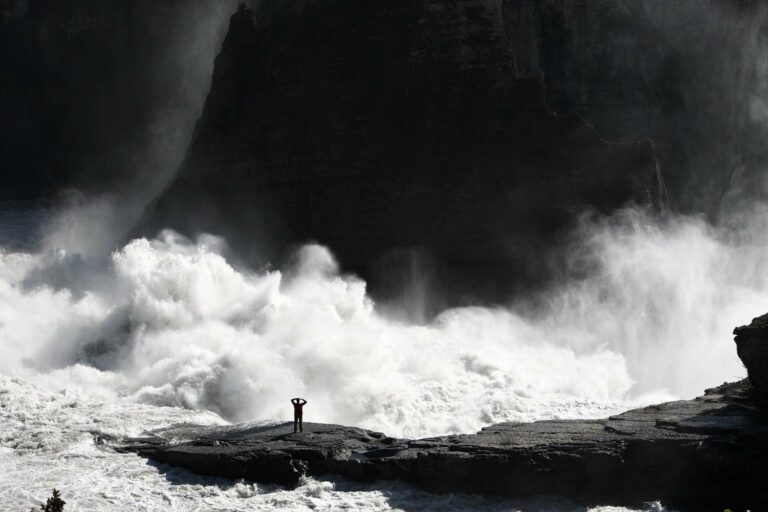Many times while paddling the tortuous turns of a meandering river, often causing me to travel nearly twice the distance as the crow flies to reach my destination, I have asked myself what causes the river to twist in the first place? Virtually every river meanders, some more dramatically than others. Why would the water not follow a straight line as it accommodates the law of gravity? Why does the river not straighten after negotiating an obstacle?
How rivers meander is relatively common knowledge among river travelers. Obviously, the erosion caused by flowing water is the mechanism; centrifugal force creates faster water on the outside of a bend. The faster water on the outside carries sediment from the eroding the outer bank and the resulting silt is deposited in the slower water of an inside bend further down – stream accentuating the meander. But this does not explain why a river meanders and why the persistent looping pattern. Have you noticed that even the water flowing down a car windshield meanders?
My curiosity was satiated with an article I found in the July / Aug 1993 Canadian Geographic. There are many forces that will disturb the theoretical perfect flow of a stream of water. David M. Baird and Dane Lanken explain that fluids in motion have an inherent instability, and the inevitable looping meanders are due to the column of water vibrating like a rigid body. Ted Hickin, an earth scientist at Simon Fraser University explains that it is much like the “wind sheering down a flag and how the flag flaps in folds”. Fluid sheering down a channel behaves similarly. Eventually one wave length dominates, and turns up in the shape of the river.
A literal “spin off’ of meandering is the oxbow lake. As the ever-expanding loop of the meander reaches approximately 2.5 times the river’s width, it stops growing. The river often “bites off” the loop, taking a shortcut across the neck of the meander. Flying in to the Nahanni you may witness many of these meanders, dried up, in the Liard flood plain. The old, dried meanders are known as a meander scar.
Hicken states that “the rate at which meanders form and reform depends on many factors – the amount of sediment a river carries, its current, and type of material in it banks”.


